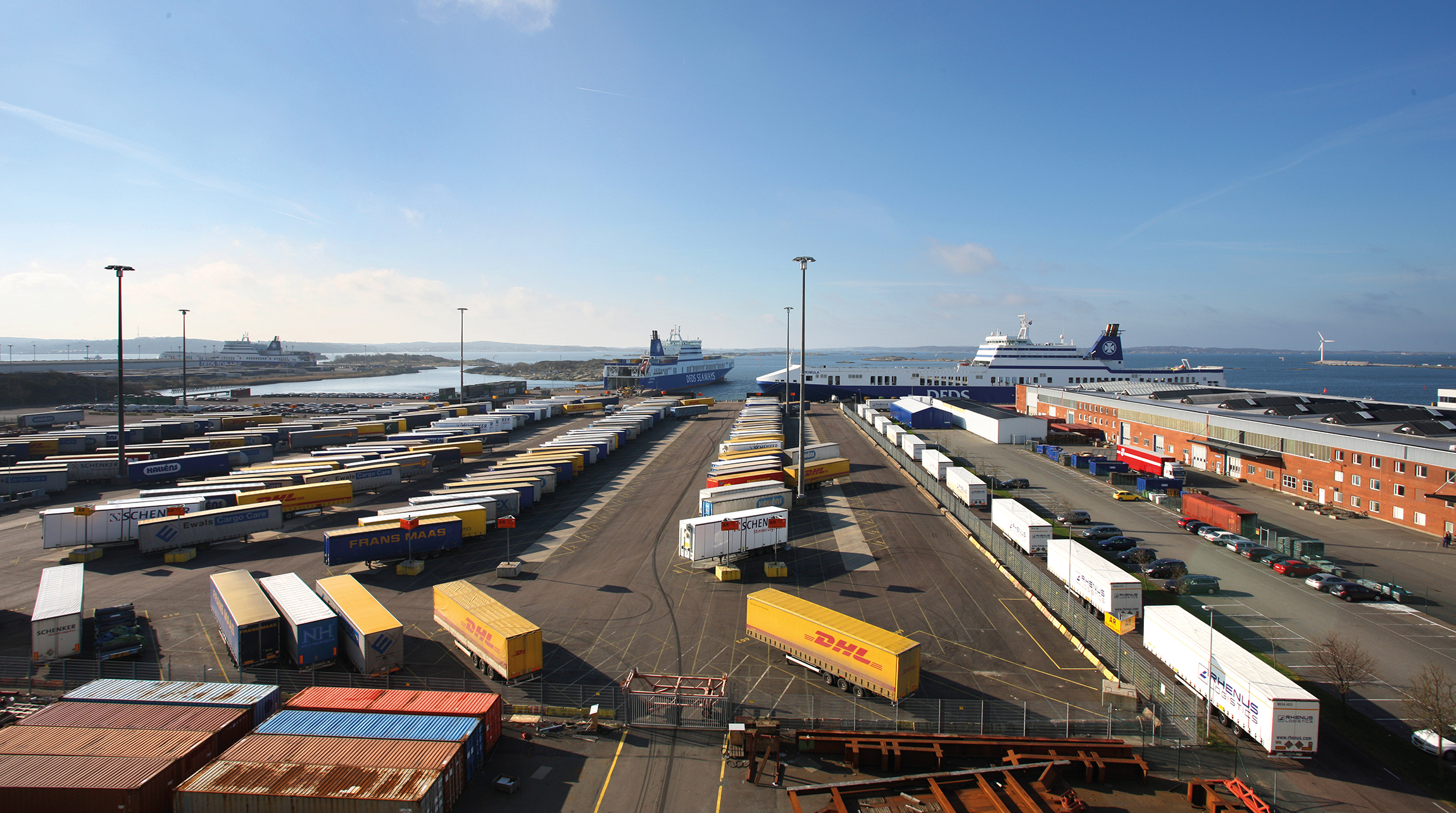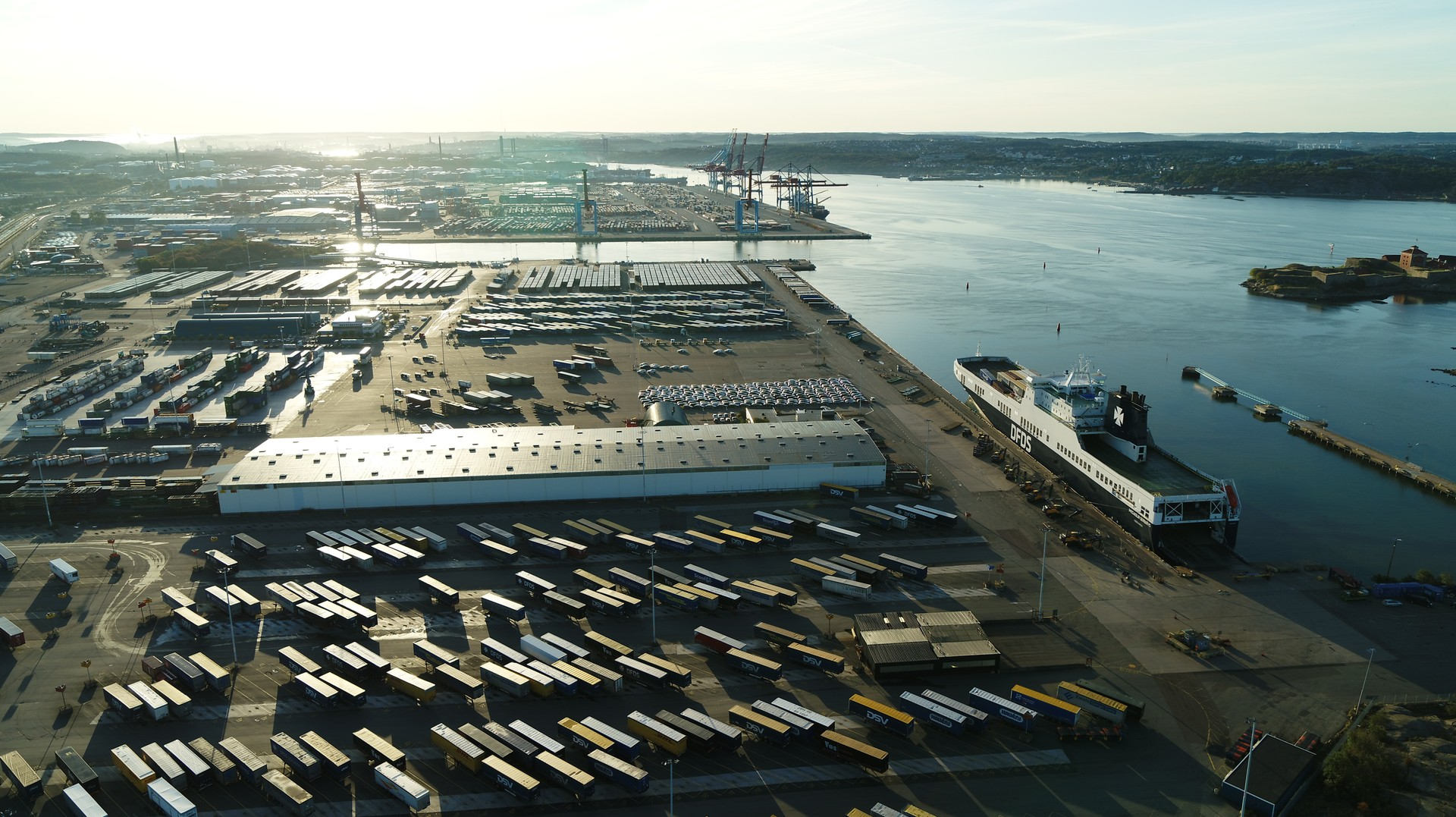
Green Shipping’s Business Challenges
__ “Those who rise to the challenge will no doubt be viewed in a favourable light by clients.”__
The future is green, that much is certain. Serious, green ambitions are now shared by an increasing number of logistics providers and their trade organisations. For shipping,
The International Maritime Organisation (IMO) last year set the goal of reducing total greenhouse gas emissions by at least 50% in 2050 compared to 2008. This is an essential step for an industry which currently accounts for about 2.5% of the world’s total carbon emissions; an emissions figure comparable to that of Germany. However, research into alternative, scalable fuel sources would need to be advanced drastically if the industry is to half emissions by 2050, as today’s technology offers no realistic path to achieving that goal.
Still, regulations and goals set forth by political entities and trade organisation remain vital in spurring on the industry to invest in R&D. That’s because the development of green technology requires massive, short term investments for which there is little to no clear financial payoff, even in the long term. The burden of investment aside, companies that do manage to invest in sustainable solutions could be poised to gain a crucial advantage in an increasingly environmentally conscious marketplace.
Exploring Alternative Fuels
Progress will come both in the form of alternative fuels and optimisation of current equipment. Several fuel options are currently being explored for greener shipping, from battery systems to hydrogen fuel cells and beyond. The question remains, whether any of the existing options can be scaled up and implemented in time to meet the goals set by IMO.
As for optimisation, IMO estimates that all new ships built in 2025 will be 30% more energy efficient than those made just ten years prior. This is both thanks to improvements in existing machinery and implementation of smart, Internet of Things technology which enables companies to optimise asset performance. However, optimisation will likely only add up to minor technical improvements which won’t make a big enough impact on emissions. This makes the race to find scalable, sustainable fuel sources the most important piece of the puzzle.
No matter how you look at it, the challenges of sustainable shipping remain numerous and complex. Nevertheless, we believe the following three challenges will shape the industry in particular.
1. Adapting to New Regulations
__“From regulations on sulfur emissions and ballast water to goals for the reduction of greenhouse gasses, the list of demands on the industry keeps growing.” __
“Currently, one of the biggest challenges is keeping up with regulation,” says Poul Woodall, Director of Environment and Sustainability at DFDS. “From regulations on sulfur emissions and ballast water to goals for the reduction of greenhouse gasses, the list of demands on the industry keeps growing.” Regulation is, of course, absolutely necessary for the protection of the planet, Woodall adds. The issues arise when legislation doesn’t consider all the moving parts of the climate equation.
For instance, regulation put in place to reduce the sulphur emissions of ships may improve the air quality of coastal regions but could be viewed as counterproductive in the combat against global warming. This is, in part, because sulphur dioxide emissions actually have a cooling effect on the climate. There are plenty of examples like these that underscore just how difficult it is to regulate an issue with this many moving parts. Take the discussion surrounding bioethanol and other biofuels. “While these fuel types emit almost as much CO2 as fossil fuels do, the way they’re produced make them a net positive in terms of emissions,” says Woodall. The idea is that the organic base of biofuels stems from plant matter which has absorbed more CO2 during its lifespan than it emits when burned as fuel. Woodall continues: “And yet, these calculations don’t factor into the way we currently measure carbon emissions.”
This only goes to show, that while it is crucial to gear companies to be able to accommodate the ever-changing regulatory landscape, it is equally important to be mindful of the quality of regulations if real progress is to be made.
2. Funding the Future
“Move too fast on R&D, and you’ll be burdened by costs not shared by your competitors, enabling them to overtake your business in the short-term.”
It takes deep pockets to fund environmental efforts. The aforementioned regulation on sulphur emissions may alone cost the industry up to 60 billion dollars. Research into alternative fuel sources will not come cheap either. This means the shipping industry as a whole is forced to raise extra funds to meet goals like those put forward by IMO.
Some of those costs are, to a certain extent, passed on to consumers, who will have to help fund the industry’s environmental efforts through a premium on logistics. How the price increases will impact global trade and shipping patterns is still uncertain, but companies would do well to keep a very close eye on the market in the years to come.
As for company-level funding of sustainability research, shipping providers are forced to strike a delicate balance. “Move too fast on R&D, and you’ll be burdened by costs not shared by your competitors, enabling them to overtake your business in the short-term,” Woodall says. “On the other hand, those who do rise to the challenge will no doubt be viewed in a favourable light by clients.” In the end, the ability to capitalise on goodwill and public perception will be a key factor in determining which companies will profit off the sustainability race, and which will be left behind.

3. Focusing on Flexibility and Resilience
“Regulation fosters innovation and flexibility – and that’s exactly what will drive the industry forward.”
Regulation is forcing the shipping industry to forego its conservative nature in favour of out-of-the-box thinking. “Regulation fosters innovation and flexibility – and that’s exactly what will drive the industry forward,” says Woodall. As there is currently no one technology which can halve emissions by 2050, it’s up to shipping providers to patch together a viable solution from several sources. Woodall agrees: “DFDS has cut emissions by 17% over the last decade through optimisation of ships, operations, fleet composition and more.” Those patchwork solutions require a certain level of agility from shipping providers. So does the ever-changing regulatory landscape and shifting global trading patterns.
If the price hikes make shipping less competitive in certain sectors, clients may seek to change their current logistics strategies. And if that won’t, maybe greater insight into the emissions of individual ships will. Starting July 1st, clients will have access to emissions reports from all ships that operate in the European Economic Area through the EU’s MRV initiative. Along with an increase in prices, this could have a significant impact on client/carrier relationships and possibly change the geography of production worldwide.
In any case, an equal measure of flexibility and resilience is needed of any shipping provider that wish to navigate the coming decades successfully.
Are you attending the Transport Logistics Fair in Munich? Book a meeting with our sales team and meet us there!
DFDS is one of the largest providers of specialised and fully integrated supply chain solutions in Europe. Learn how we help our customers grow here.
Contact us
Start a conversation with one of our experts: let's talk about your transportation needs.
Back to DFDS at the Munich Fair
Book a meeting with a DFDS industry expert, experince our latest digital solutions, see our new routes, and more.
DFDS Newsletters
Check out the fascinating and informative stories DFDS has written about the different industries we cover and get up to date the latest news and trends.
